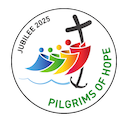PE Curriculum Map Cycle A
PE Curriculum Map Cycle B
PE Curriculum Overview
Intent
“The national curriculum for physical education aims to ensure that all pupils develop competence to excel in a broad range of physical activities.”
Pupils will move progressively through three learning stages:
- Explore – EYFS, Year 1 and Year 2: Pupils explore basic movement skills of running, jumping, kicking, throwing and catching, whilst demonstrating physical attributes of balance, agility and co-ordination.
- Combine – Year 3 and Year 4: Pupils combine basic movement skills of running, jumping, kicking, throwing and catching, whilst demonstrating physical attributes of balance, agility and co-ordination.
- Refine – Year 5 and Year 6: Refine sport specific skills whilst demonstrating physical attributes of flexibility, strength.
Pupils will participate in a range of games, as well as dance and gymnastics sequences and health related fitness and outdoor adventurous activities. All schools must provide swimming instruction in key stage 1 or key stage 2.
Implementation
- Each unit of work will begin with an overview of what is to be covered within the sequence of lessons a unit conclusion, which will guide staff in providing summative feedback to pupils at the end of a unit of work.
- A list of prescriptive resources and a guide to adapting resources if the ‘ideal’ isn’t available, as well as how equipment can be altered to support and challenge pupils, would also be included.
- Rules and regulations for specific sports would also feature to allow staff to encourage good practice ahead of potential competition and to ensure characteristics such as fair play and respect can be accurately enforced.
- Each lesson has an individual toolkit in the form of a flow chart, providing a visualisation of the sequence of learning taking place, as well as directed tasks based on pupil success. Specific vocabulary would also be included to outline key techniques of skills, allowing direct links with model questioning and images to support set up of activities.
Impact
- A suggested extra-curricular and enrichment offer, as well as the inclusion of QR codes to local sports provision, provides pupils with many
opportunities to develop their skills, enhancing the potential for success which increases the likelihood of lifelong participation. This also provides an additional opportunity to participate in sport and be physically active, which develops resilience, confidence and independence to lead a healthy and active lifestyle. - Sports and activities selected to comprise the curriculum, will reflect the school sport network calendar of events, allowing pupils to develop
competence immediately prior to potentially showcasing these skills at a local area competition level.

